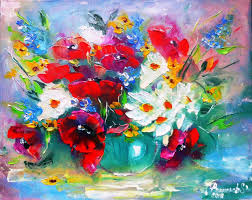ornamental stones
PRINT. CLASSIFICATION AND VARIETIES (part 2)
 Lavis (from Fr. lavis – wash) – a kind of aquatint. Known since the 1780s. The drawing is applied by needle etching. The tonality is obtained by etching with acid, which is applied to the board with a brush. The boundaries of the tone spot are sharply defined. The print of Lavis resembles a work executed in watercolor. Lavis is very close to aquatint in terms of its external visual characteristics, but differs from it in watercolors of a tone spot, softness and fuzziness of outlines. Like aquatint, Lavis is used in combination with other etchings, for example, with a dry needle. The technique allows you to get no more than 30 quality prints from one board.
Lavis (from Fr. lavis – wash) – a kind of aquatint. Known since the 1780s. The drawing is applied by needle etching. The tonality is obtained by etching with acid, which is applied to the board with a brush. The boundaries of the tone spot are sharply defined. The print of Lavis resembles a work executed in watercolor. Lavis is very close to aquatint in terms of its external visual characteristics, but differs from it in watercolors of a tone spot, softness and fuzziness of outlines. Like aquatint, Lavis is used in combination with other etchings, for example, with a dry needle. The technique allows you to get no more than 30 quality prints from one board.
Zuev Alexey. Lada. Molodetsky Kurgan – Reservazh Reservazh (from French réservage) is a type of etching. The reserve first appeared in France in the second half of the 19th century. Continue reading
HISTORY OF ORIGIN AND DEVELOPMENT OF ART OF ENAMEL (part 1)
 The history of enamel art, as well as jewelry, has more than three thousand years of history. When and where was the first enameling, i.e. colored glass in the molten state is connected to metal, it is impossible to determine exactly. Higgins in the description of Greek and Roman jewelry mentions the earliest works with enamel.
The history of enamel art, as well as jewelry, has more than three thousand years of history. When and where was the first enameling, i.e. colored glass in the molten state is connected to metal, it is impossible to determine exactly. Higgins in the description of Greek and Roman jewelry mentions the earliest works with enamel.
For example, in Mykonos (Greece), metal objects were found with soldered glass plates painted in blue, made between 1425 and 1300. BC. These items can be considered the oldest of the known finds. From the 6th century BC e. Greeks systematically deposited enamel on gold jewelry. Continue reading




